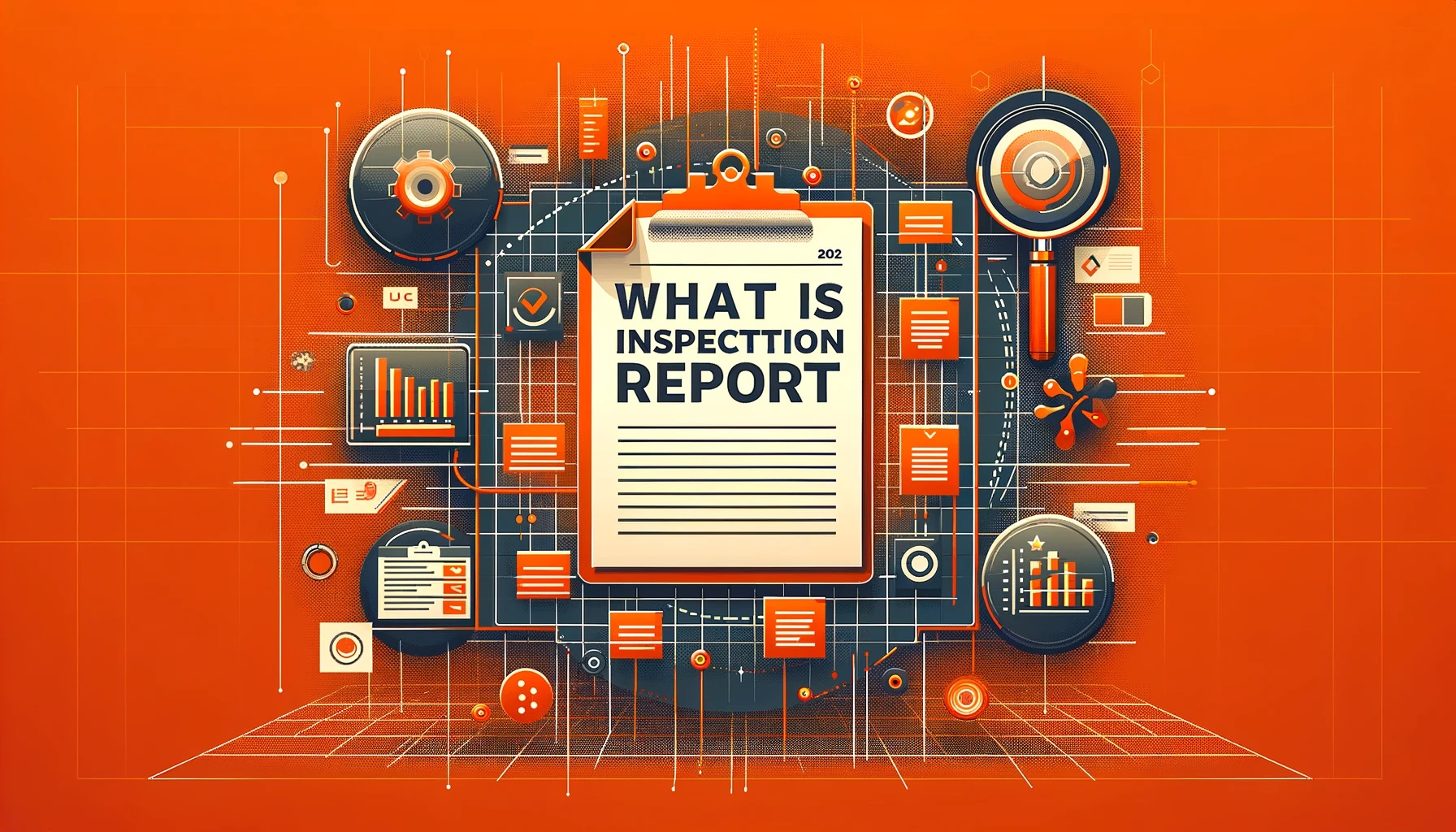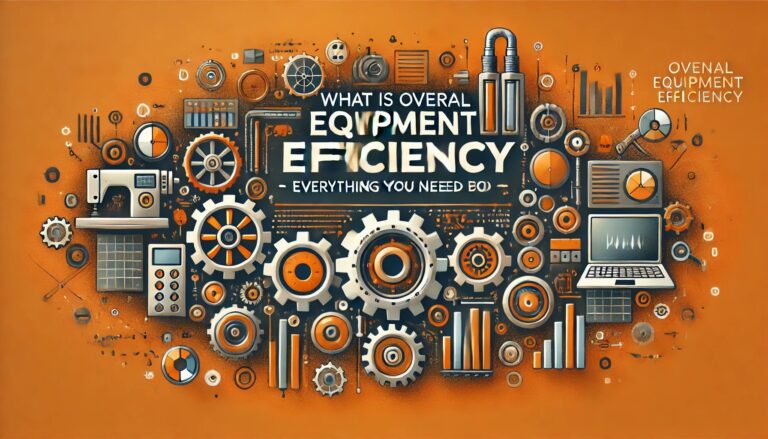Introduction
In the landscape of regulatory compliance and quality assurance, an inspection report stands as a pivotal document. Especially in the context of India, where regulatory frameworks play a crucial role in various sectors, understanding the nuances of an inspection report is essential for businesses and stakeholders alike. Let’s delve into the depths of what is inspection report, its significance, and its impact across diverse sectors.
Understanding the Basics of inspection report
An inspection report is a comprehensive document generated after a thorough examination or assessment of a premise, process, product, or service. It serves as a formal record detailing the findings, observations, and recommendations resulting from the inspection. The scope of an inspection report can vary widely, ranging from regulatory compliance checks to quality assessments.
Key Components of inspection report
A well-structured inspection report typically comprises several key components:
Introduction:
This section provides an overview of the inspection, including its purpose, scope, and any relevant background information.
Methodology:
It outlines the approach and methods employed during the inspection, such as on-site visits, document reviews, interviews, and testing procedures.
Findings:
The core of the report, this section presents the observations, deviations, or non-compliances identified during the inspection process. Each finding is typically categorized based on severity or priority.
Recommendations:
Based on the findings, recommendations are proposed to address the identified issues, mitigate risks, and improve compliance or quality standards.
Conclusion:
A summary of the overall assessment, highlighting key takeaways and any follow-up actions required.
Significance in Various Sectors
In India, inspection reports hold immense significance across diverse sectors, including:
Manufacturing:
In industries such as pharmaceuticals, food processing, and automotive, inspection reports play a critical role in ensuring adherence to regulatory standards, such as Good Manufacturing Practices (GMP) and quality control measures.
Healthcare:
Hospitals, clinics, and healthcare facilities undergo regular inspections to assess compliance with healthcare regulations, patient safety protocols, and hygiene standards. Inspection reports in this sector are vital for maintaining the quality of healthcare services.
Education:
Educational institutions are subject to inspections by regulatory bodies to evaluate infrastructure, curriculum quality, faculty qualifications, and overall compliance with educational standards. Inspection reports in this context influence accreditation and funding decisions.
Construction:
Building inspections are conducted to verify compliance with building codes, safety regulations, and structural integrity standards. Inspection reports are essential for ensuring the safety of occupants and preventing potential hazards.
Environmental:
Industries dealing with hazardous substances or emissions are inspected to assess environmental compliance and minimize ecological impacts. Inspection reports aid in identifying areas for improvement and ensuring environmental sustainability.
Regulatory Framework
In India, regulatory bodies such as the Food Safety and Standards Authority of India (FSSAI), the Drug Controller General of India (DCGI), the Bureau of Indian Standards (BIS), and various state-level agencies enforce standards and regulations through inspections. These bodies conduct routine inspections to monitor compliance, enforce regulations, and protect public health and safety.
Challenges and Opportunities
While inspection reports serve as valuable tools for ensuring compliance and quality, they also pose challenges for businesses and regulatory bodies alike. Some common challenges include:
Resource Constraints:
Limited resources and manpower can hinder the frequency and thoroughness of inspections, leading to gaps in enforcement.
Interpretation Variability:
Interpretation of regulations and standards may vary among inspectors, leading to inconsistencies in inspection findings and recommendations.
Technological Integration:
Incorporating technology such as data analytics, remote sensing, and automation can enhance the efficiency and effectiveness of inspections but requires significant investment and training.
Despite these challenges, inspection reports present opportunities for continuous improvement, stakeholder engagement, and regulatory alignment. By leveraging technology, fostering collaboration, and promoting transparency, inspection processes can evolve to meet the dynamic needs of industries and society.
Conclusion
In conclusion, an inspection report serves as a cornerstone of regulatory compliance and quality assurance in India across various sectors. By providing a systematic assessment of premises, processes, products, or services, inspection reports facilitate informed decision-making, risk management, and continuous improvement. As India continues to progress on its path of economic development and regulatory reform, the role of inspection reports will only grow in significance, shaping the landscape of governance, industry, and public welfare.








